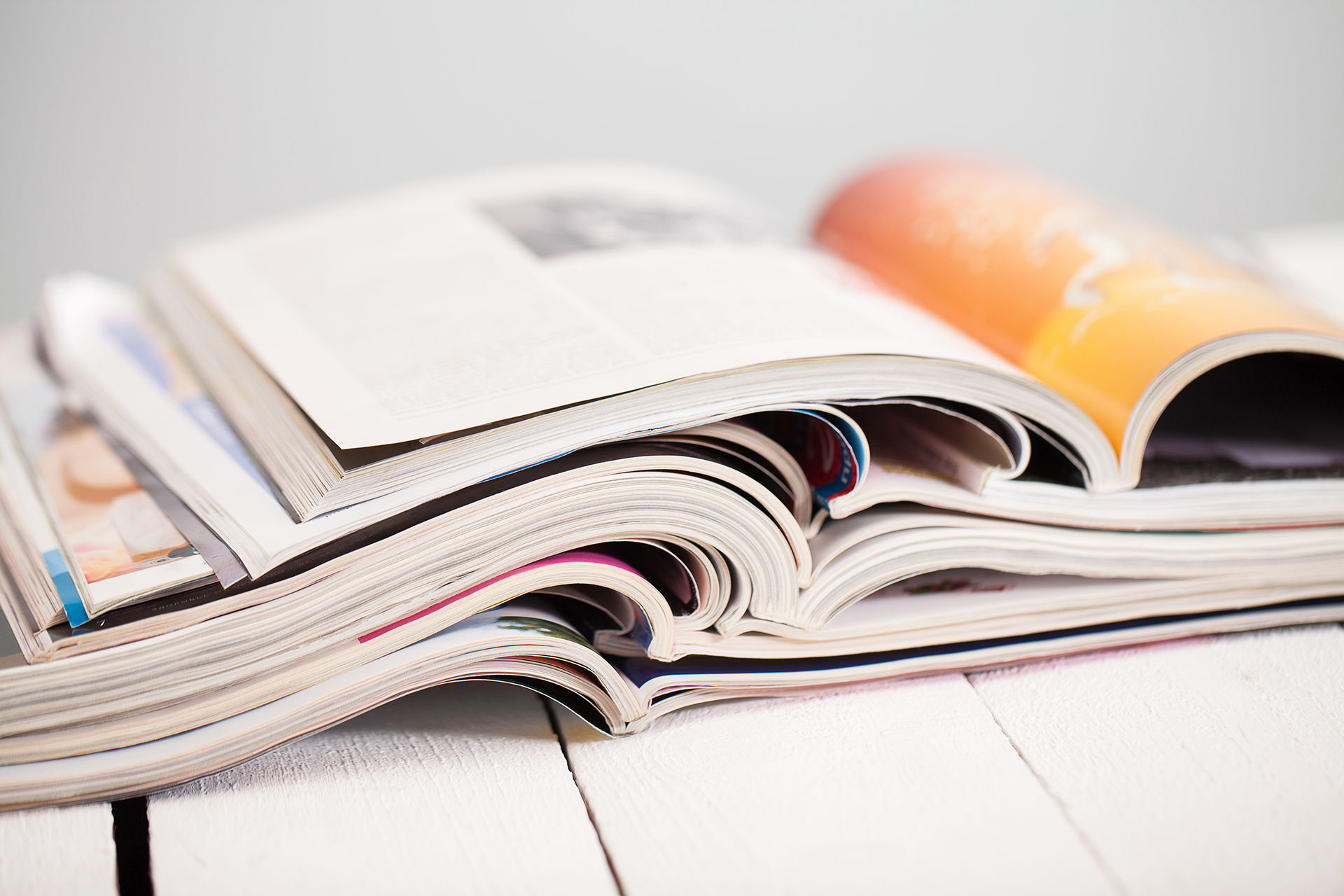Grid Method Historical Portraits: Value & Form
- SVRS
- Oct 15, 2015
- 2 min read

Dy DAM Drawing 1 P. 1
Please watch:
https://www.youtube.com/watch?v=Gsmjdx0ArVk
http://www.sfmoma.org/explore/multimedia/videos/534
The grid method is an inexpensive, low-tech way to reproduce and/or enlarge an image that you want to draw. The grid method can be a fairly time-intensive process. While the process is not as quick as using a projector or transfer paper, it does have the added benefit of helping to improve your drawing and observational skills.
The grid method involves drawing a grid over your reference photo, and then drawing a grid of equal ratio on your work surface (paper). Then you draw the image by focusing on one square at a time, until the entire image has been transferred.
Once you're finished, you simply erase the grid lines.
To use the grid method, you need to have a ruler, a paper copy of your reference image, and a pencil to draw lines on the image. You will also need a work surface upon which you will be transferring the photo (drawing paper.)
To draw the grid lines on paper very lightly, so that you can easily erase it when you are finished.
The important thing to remember when drawing the grids is that they must have a 1:1 ratio.
1:1 ratio means that you will have the exact same number of lines on your canvas as you will on your reference photo, and that in both cases, the lines must be equally spaced apart - perfect squares.
VALUE:
Value is defined as how light or dark something is, and is used in drawing to depict light and shadow. Without light and shadow we could not draw (or see) anything, so it is difficult to overstate the importance of this concept!
Mood, atmosphere, composition, and the believability of the image: they all rely on value. If your value structure falls apart, so does your picture!





















Comments